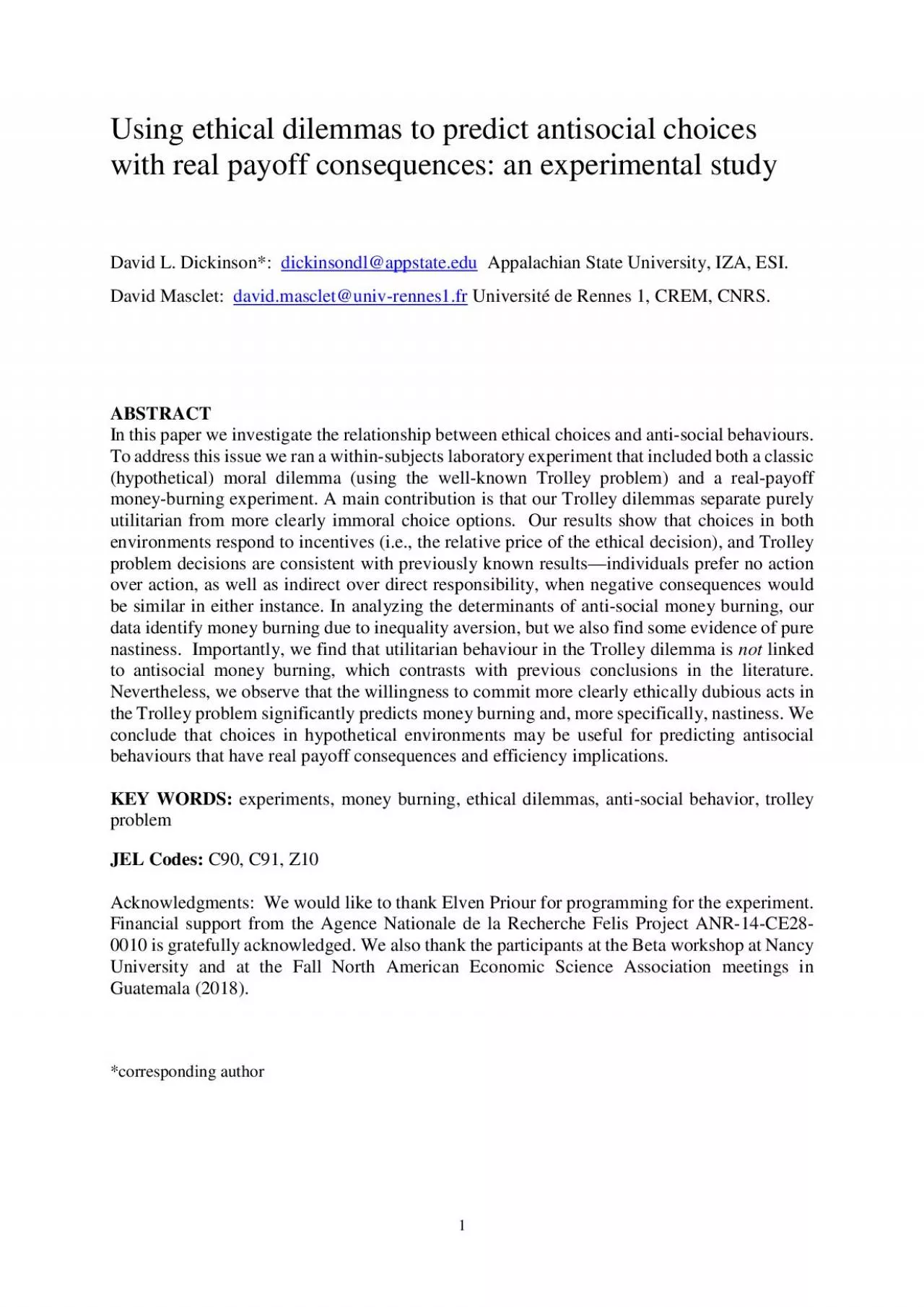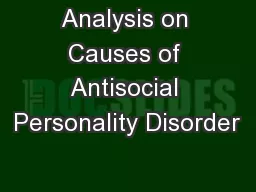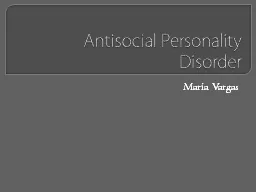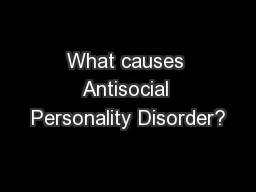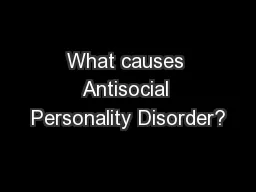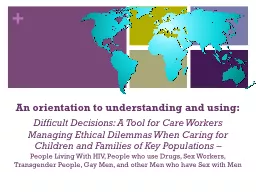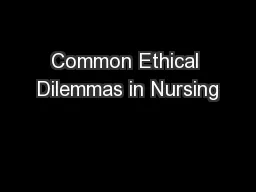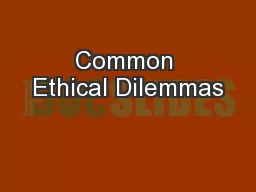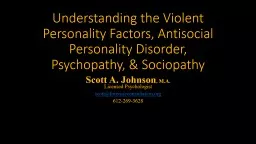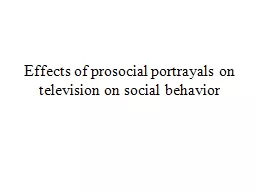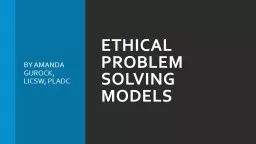PDF-1 Using ethical dilemmas to predict antisocial choices with real pay
Author : mia | Published Date : 2021-07-05
dickinsondlappstateedu Appalachian State University IZA ESI David Masclet Universit
Presentation Embed Code
Download Presentation
Download Presentation The PPT/PDF document "1 Using ethical dilemmas to predict anti..." is the property of its rightful owner. Permission is granted to download and print the materials on this website for personal, non-commercial use only, and to display it on your personal computer provided you do not modify the materials and that you retain all copyright notices contained in the materials. By downloading content from our website, you accept the terms of this agreement.
1 Using ethical dilemmas to predict antisocial choices with real pay: Transcript
Download Rules Of Document
"1 Using ethical dilemmas to predict antisocial choices with real pay"The content belongs to its owner. You may download and print it for personal use, without modification, and keep all copyright notices. By downloading, you agree to these terms.
Related Documents

